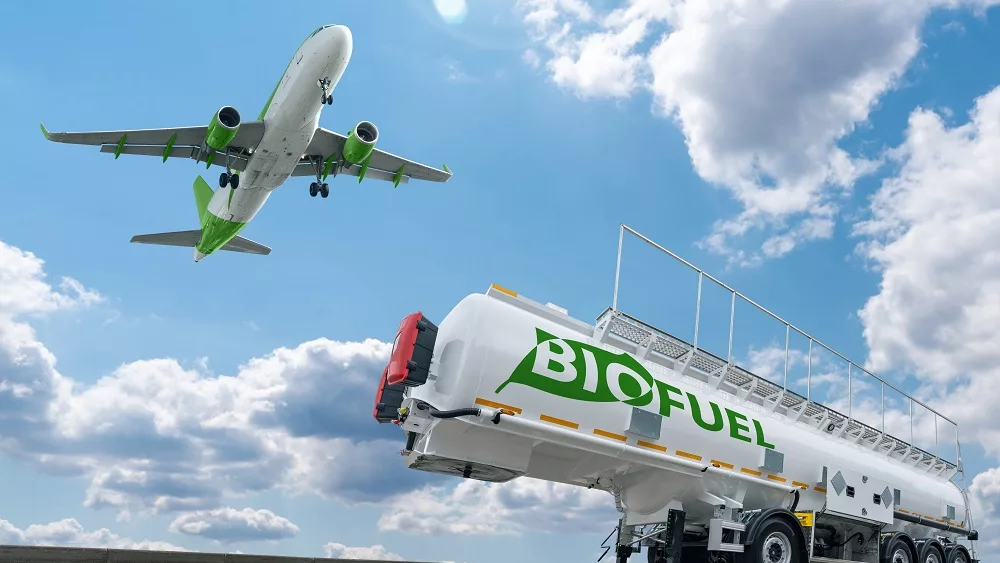The number of horizontal oil and gas wells in Ohio’s shale is growing exponentially, and residents often have concerns about potential environmental impacts.
But people often worry about just one aspect – the potential for groundwater contamination, said Joe Bonnell, watershed management program director in Ohio State University’s School of Environment and Natural Resources for OSU Extension.
“The impacts are much broader than what most people consider when they think of oil and gas production,” he said.
The school and OSU Extension are both part of Ohio State’s College of Food, Agricultural, and Environmental Sciences (CFAES).
To help Ohioans gain an appreciation of the bigger picture on what to expect environmentally from expanded oil and gas production, Bonnell will present “Environmental Impacts of Shale Gas Extraction” during this year’s Farm Science Review, Sept. 16-18 at the Molly Caren Agricultural Center near London, Ohio.
Bonnell will offer the half-hour presentation at 11 a.m. Tuesday, Sept. 16, and again at noon on Wednesday, Sept. 17, in the Interpretative Center (the log cabin) at the Review’s Gwynne Conservation Area.
According to the Ohio Department of Natural Resources, the number of permitted, drilled or producing horizontal gas and oil wells in Ohio’s Utica/Point Pleasant shale grew from 793 to 1,421 between July 2013 and July 2014.
“I am trying to categorize the issues – the kinds of risks that exist from not only the well pads themselves, but pipeline construction and related issues,” Bonnell said.
Besides potential risks to water resources, air contamination, seismic activity and impacts to wildlife habitat are among the concerns, he said.
“I’ll go into some of the detail about what we know from areas where horizontal drilling has been going on longer and where studies have been done. What are the real risks? Which ones may have gotten a lot of publicity but aren’t necessarily the biggest concern?
“I want to help separate the hype from the reality.”
Bonnell is in charge of developing OSU Extension’s outreach programs aimed at addressing nonpoint sources of pollution, watershed management and other natural resource management issues. Since May 2013, he has been co-chair of the Environmental Issues Subcommittee of Extension’s Shale Education Program and has led an effort to collect information on shale development’s environmental impacts for the program’s Shale Library, online at serc.osu.edu/extension/shale-library.
“With this presentation, I hope to give people a better understanding of how the production, transport and processing of oil and gas in Ohio is likely to impact the environment, and to let people know where to find out more about the rules and regulations that are in place to help reduce the risks,” Bonnell said.
Sponsored by CFAES, the Review features educational workshops, presentations and demonstrations delivered by experts from OSU Extension and the Ohio Agricultural Research and Development Center. The center is the college’s research arm.
For a schedule of presentations at this year’s Review, see the Schedule of Events at fsr.osu.edu/visitors/plan-your-show/schedules.
Farm Science Review is known nationally as Ohio’s premier agricultural event. It annually draws more than 130,000 farmers, growers, producers and agricultural enthusiasts. An estimated 620 exhibitors with some 4,000 product lines will set up shop at the three-day farm show, an increase from 608 exhibitors last year, organizers said.
This year, the Review is also celebrating the 10-year anniversary of its partnership with Purdue University Extension. Educators and researchers from Purdue will also present educational workshops.
Review pre-show tickets are $7 and are available for purchase at all OSU Extension county offices, many local agribusinesses and online at fsr.osu.edu/visitors/tickets. Tickets are $10 at the gate. Children 5 and younger are admitted free.
Hours are 8 a.m. to 5 p.m. Sept. 16-17 and 8 a.m. to 4 p.m. Sept. 18.
More information can be found at fsr.osu.edu.

